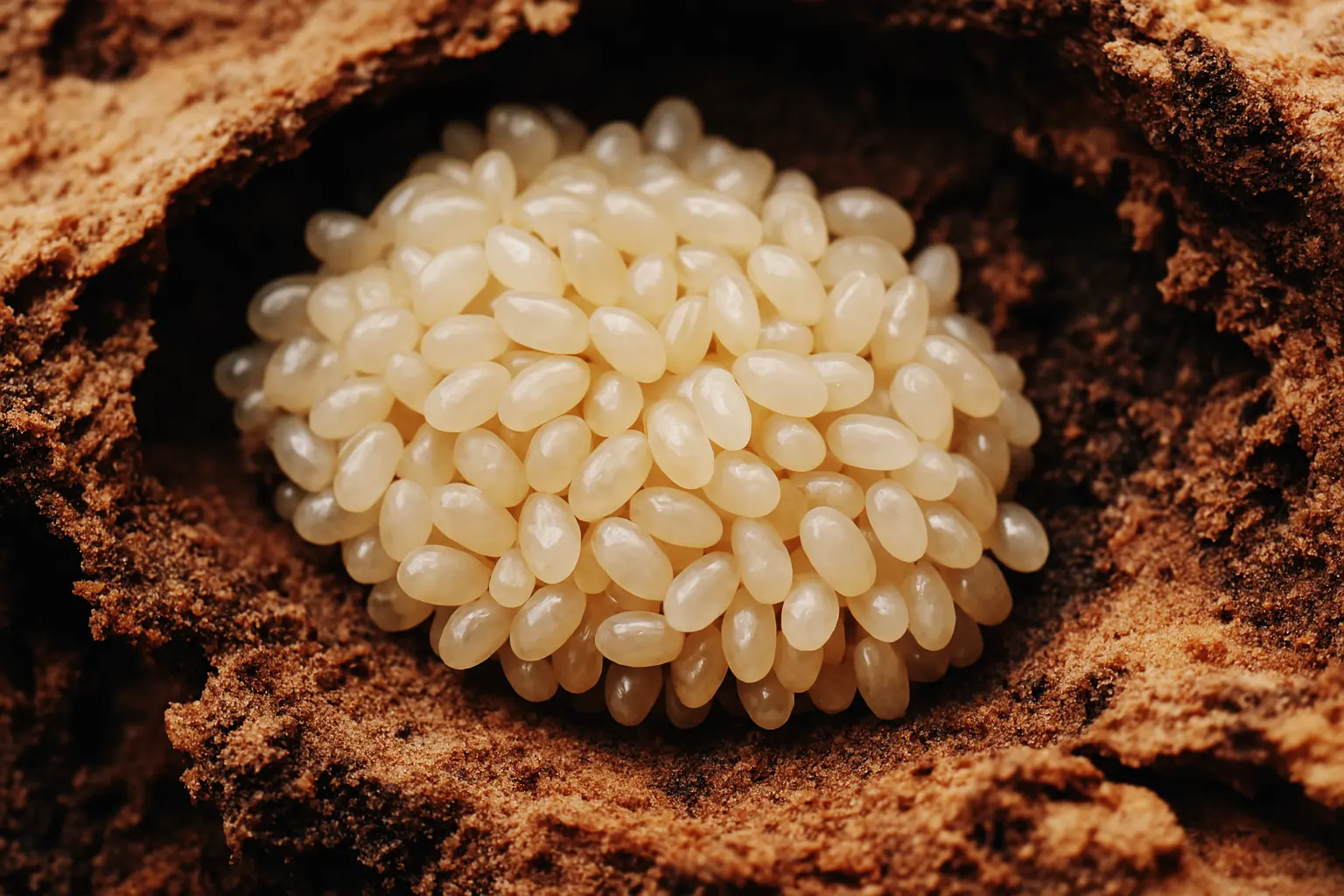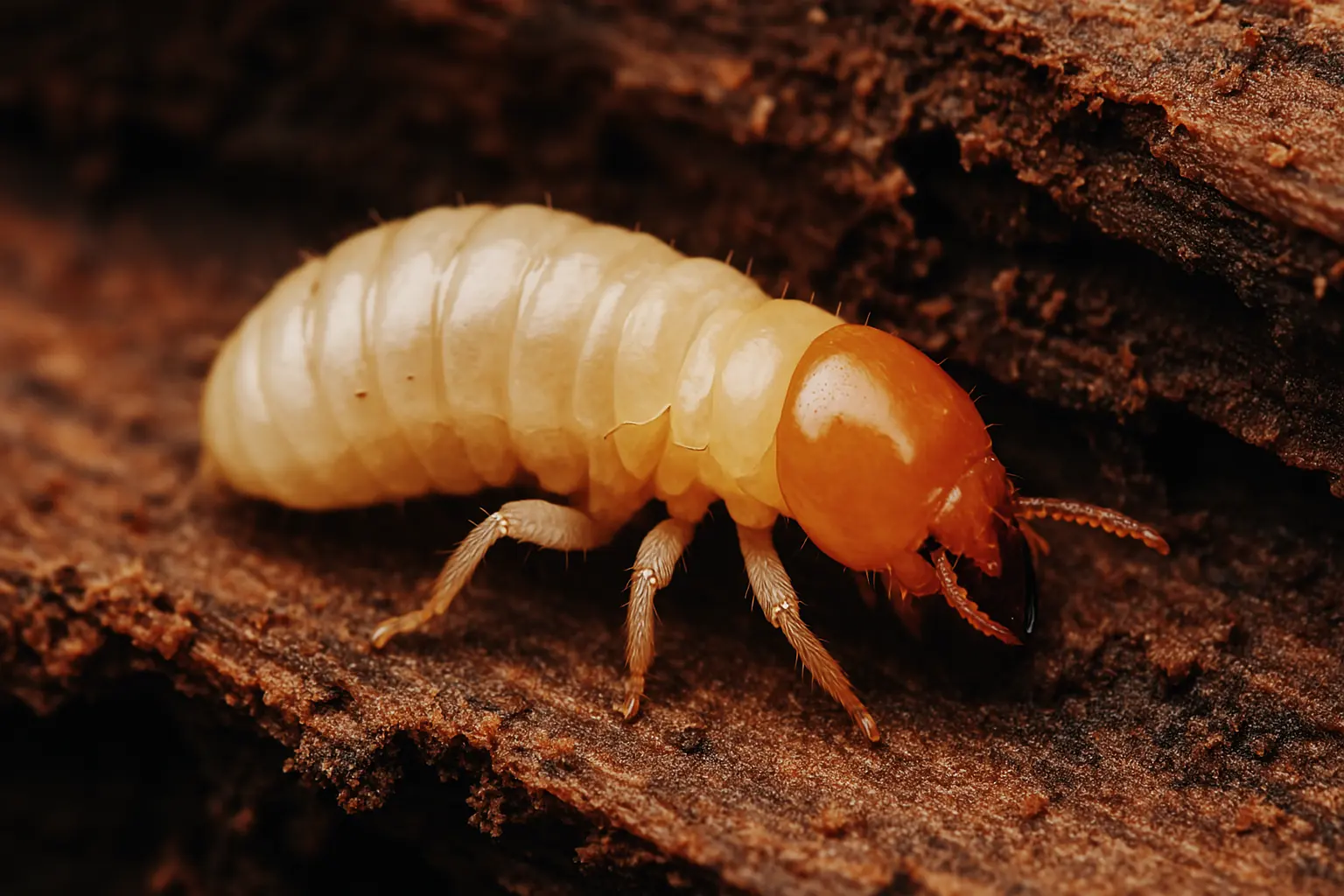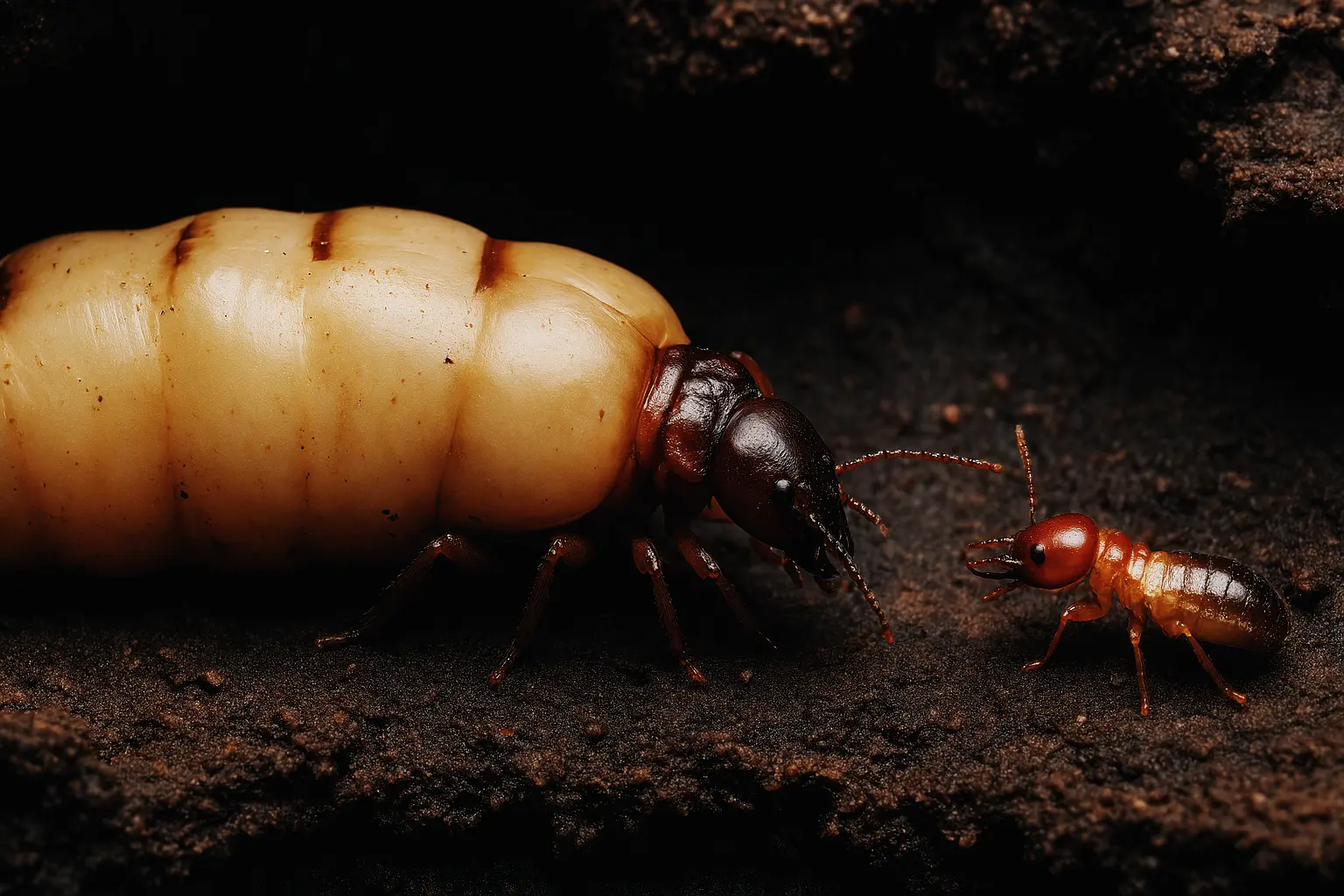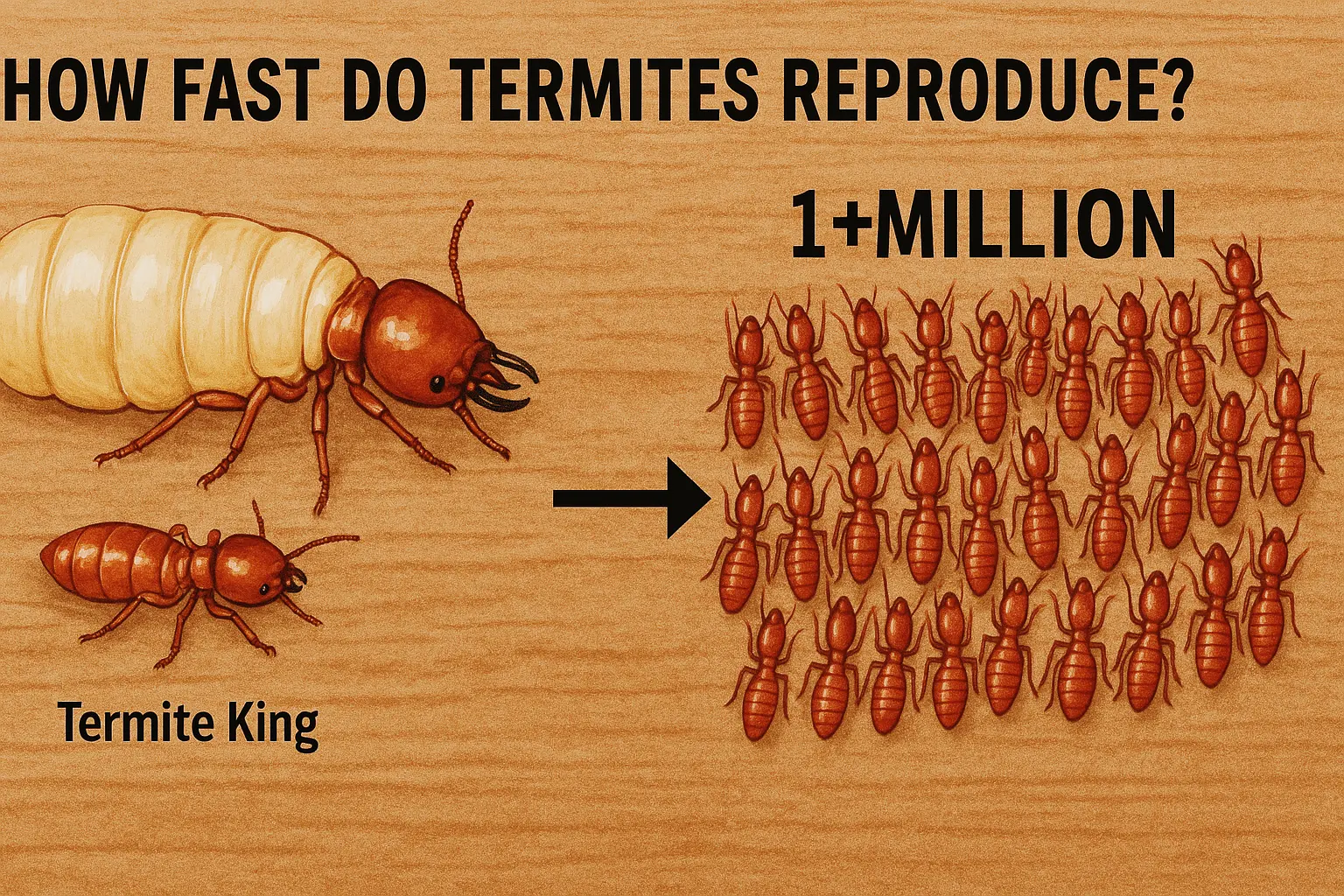Want to know how fast termites reproduce?
The Termite Lifecycle: Understanding Colony Growth and Reproduction in Bay Area Homes
If you’ve ever asked, “How fast do termites reproduce?” or wondered how a termite queen can cause so much damage, you’re not alone. Understanding the termite lifecycle is key to preventing infestations before they spiral out of control. For homeowners in the San Jose Bay Area, knowing how termite colonies grow—from egg to queen—is vital in stopping these silent destroyers before they compromise your home’s structure.
In this guide, we’ll walk you through each stage of the termite life cycle, the roles termites play within the colony, and how fast reproduction happens depending on the species. Whether you’re searching for "how many eggs does a termite queen lay per day" or trying to understand what a termite infestation looks like over time, this page gives you all the insights you need.
Why Understanding the Termite Lifecycle Matters
Termite colonies don’t appear overnight—but once they’re established, they grow fast. A queen can live for years and produce millions of termites over her lifetime. Early intervention and lifecycle knowledge can help homeowners spot risks, time treatments effectively, and prevent major infestations before they escalate.
Understanding terms like “termite nymphs,” “swarmers,” and “termite larvae” can also help you recognize different stages of an infestation and what kind of damage each group might be causing.

The Termite Lifecycle: From Egg to Infestation
Like ants and bees, termites operate in highly organized colonies with distinct roles and responsibilities. The basic stages of a termite’s life are:
-
Egg
-
Nymph (also called larvae)
-
Worker, Soldier, or Reproductive (Swarmers)
-
Queen and King (Reproductive leaders)
Each member of the colony is assigned a role based on the colony’s needs—and the queen controls it all through powerful pheromones.

Stage 1: The Termite Egg
The termite queen lays eggs, often starting slowly and then rapidly increasing output. She can lay several thousand eggs per day, depending on the species and maturity of the colony.
Key facts about termite eggs:
-
Size: Tiny, white or translucent, often laid in clusters
-
Location: Kept deep within the nest, protected by workers
-
Incubation time: Typically 26 to 30 days
Fun/scary fact: In a mature colony, the queen may lay over 10 million eggs per year.

Stage 2: Termite Nymphs (Larvae)
Once hatched, termite larvae are called nymphs. These immature termites will develop into different castes depending on the colony's needs.
Key characteristics:
-
Cream-colored, soft-bodied, and wingless
-
Fed and groomed by worker termites
-
Pheromones determine their development track
Depending on the chemical signals in the colony, a nymph may grow into a worker, soldier, or reproductive termite.

Stage 3: Termite Castes – Workers, Soldiers, and Reproductives
At this point, the nymphs take on specific roles in the colony’s structure. This is where the social hierarchy of a termite colony really kicks in.
🛠 Workers
-
Make up the majority of the colony
-
Perform all labor: feeding the colony, building tunnels, grooming the queen
-
Cause 99% of the wood damage in homes
🛡 Soldiers
-
Tasked with defending the colony from predators, especially ants
-
Have large jaws or heads for combat
-
Rely on workers for food, as they can’t feed themselves
🦋 Reproductives (Alates / Swarmers)
-
Winged termites that leave the colony to start new ones
-
Often seen swarming in spring or fall, depending on species
-
Mating pairs shed wings and form new colonies

Stage 4: Queen and King – The Heart of the Colony
When two swarmers successfully mate, they become the queen and king of a new termite colony.
Termite Queen Facts:
-
Largest termite in the colony—can grow up to 4 inches long
-
Can live for 10 to 25 years in ideal conditions
-
Lays thousands of eggs daily
The king’s only job is to mate with the queen and help with reproduction in the early stages. Eventually, she produces enough offspring to support all the colony’s needs.

How Fast Do Termites Reproduce?
In optimal conditions—like warm, humid environments common in the San Jose Bay Area—termite colonies can double or triple in size every year.
Growth Timeline:
-
Year 1: A pair of reproductives starts a colony; queen lays up to 100 eggs/day
-
Year 3: Colony population reaches several thousand
-
Year 5+: Colony is mature; queen lays thousands of eggs/day
-
Mature colonies: Can support satellite colonies and multiple queens (in some species)
What Triggers a New Colony?
Termite colonies reach a point where they produce alates, or winged swarmers. These termites leave to start new colonies when:
-
The parent colony is large enough
-
Temperature and humidity levels are ideal
-
There’s an abundance of food and moisture nearby
Once swarmers pair off, they shed their wings, burrow into wood or soil, and begin laying eggs. This is why swarming season is such a critical time for inspections.
How to Break the Termite Lifecycle
To prevent damage, you need to disrupt the termite lifecycle—specifically:
-
Stop the queen from reproducing
-
Prevent swarmers from creating new colonies
-
Kill or remove workers causing damage
Methods include:
-
Bait systems: Target workers, who spread poison to the queen
-
Liquid treatments: Create a barrier to prevent entry
-
Fumigation: For widespread drywood infestations
-
Ongoing inspections: Identify colonies before they mature
Frequently Asked Questions: The Termite Lifecycle
Q: Can one termite become a queen?
A: Yes. Swarmers are potential kings and queens. Once they mate and find shelter, they start new colonies.
Q: How long before a termite colony becomes a problem?
A: In as little as 6 months, termites can cause noticeable damage. Mature colonies can destroy support beams in just a few years.
Q: How do I know if the termites I saw are swarmers or workers?
A: Swarmers have wings and fly in groups. Workers are wingless and usually found inside wood or near mud tubes.
(For more Frequently Asked Questions about Termites, see our FAQ page)
Final Thoughts: Know the Lifecycle, Stop the Damage
Understanding the termite lifecycle gives you a major advantage in protecting your home. When you know what to look for—and how fast termites can reproduce—you’re more likely to catch an infestation early and act decisively.
Whether you’re concerned about termite queens, termite eggs, or simply want to know how termites reproduce, the key is early detection and professional treatment.
Need help now? Schedule a free termite inspection in the San Jose Bay Area and take the first step toward keeping your home termite-free: (408) 921-2192
